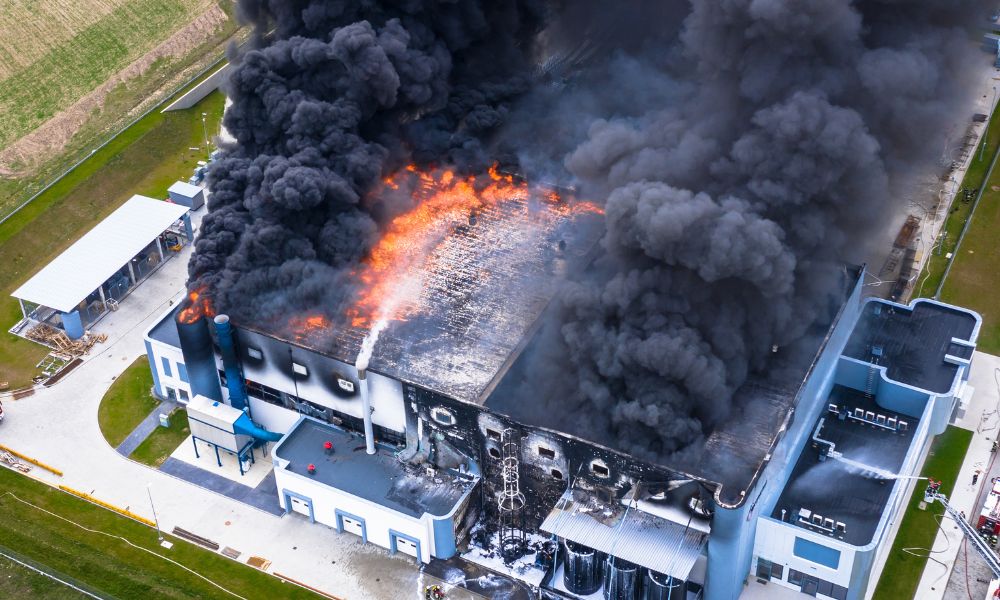Fire protection technology and products have grown in effectiveness and popularity over the years. You may wonder how we arrived at modern-day fire protection codes and materials from ancient techniques. Keep reading to learn more if you are curious about the evolution of fireproofing and how it improved over time.
(more…)Intumescent coatings are passive fire protections that residential and commercial buildings use. If you are looking for ways to protect your building from interior or exterior fire threats, consider applying the right type of intumescent paint for your property. Keep reading to learn more about these products and understand the different types of intumescent coatings.
(more…)A fire breaking out at home is a homeowner’s worst nightmare. Residential fires make up hundreds of thousands of fire events every year. This is why we have prepared a complete guide to residential fire prevention strategies for homeowners, contractors, and builders. Everyone should know how to prevent house fires, from the design and construction phase to daily habits when living at home. Keep reading to learn how to keep your home safe with key prevention strategies.
(more…)Re-siding your home can be an expensive investment. Due to its high cost, many homeowners look for ways to protect their siding and help it last longer. If you want this investment to last for many seasons, keep reading to learn the best tips for preserving your home’s exterior siding.
(more…)There are many things to consider when constructing a new building. You never know if or when a fire may occur. It is always best to do what you can to prevent this type of danger. Regarding fire-resistant materials, intumescent paints are a top choice among experts because they create a barrier between the building and the flames. Keep reading this article to learn more valuable information regarding the reasons to consider intumescent fireproofing.
(more…)Before proceeding with a building’s framework, a responsible builder must understand the basics of applying fireproofing coatings. Keep reading to learn the questions to ask before applying a fire-resistant coating to any building. These common questions and answers will help prepare builders, engineers, and architects with the proper way to fireproof a building’s framework.
(more…)Fire booths are contained environments that various contractors, manufacturers, and other positions use to apply paint and other chemical coatings in a secure area. Because chemical materials can be hazardous to work with, paint booths provide safer conditions for applying these materials. However, to be safe and secure in the first place, paint booths must follow specific safety guidelines and standards. Here is a full guide to paint booth fire safety compliance and how to design your paint booth to follow safety standards.
There are three types of fire ratings when assigning values to fire safety materials: Class A, Class B, and Class C. Keep reading if you are wondering how many hours of protection a Class A fire rating offers and other specifics about these products.
(more…)Are you familiar with WUI standards? These codes offer a unique set of fire safety guidelines that homes and businesses in certain areas must follow. Keep reading to learn what you should know about WUI standards before designing and constructing your next residential or commercial building.
(more…)Many of us have heard terms like fire-resistant, fireproof, and flame-retardant but may not know what it all means. Some use these terms interchangeably, but flame-retardant is not fire-resistant. Noting the difference gives you a better idea of what treatments to add to your office space or building materials. Keep reading this article to learn more about the difference between fire-resistant and flame-retardant materials.
(more…)








